@harry_davies
Afrofuturism: How Black Creatives Point to a Brighter Future

Learn what afrofuturism is and what it shows us about the power of fiction, imagination, and hope
Before diving into what afrofuturism is, it’s worth looking at plain old futurism. It might sound like a made up concept from science fiction but that’s sort of the point: any theory about the future has to be built on fiction, as the future hasn’t happened yet.
A futurist finds meaning in the future, imagining what might be possible when we get there. In literature, this act is often called speculative fiction. But futurism can be applied to a multitude of disciplines, from architecture to legislation.
By using the future as a starting point, futurists can establish ideal worlds, ideas, and creations that incorporate their beliefs, prompting us to look at what might be possible, and what needs to be done to get there.
Black Panther
There are many types of futurisms but the most famous, by far, is Afrofuturism. Its most mainstream and commercially successful creation is the 2018 Marvel film Black Panther.

Set in Wakanda, an imagined utopia where Black and African culture thrive and represent the pinnacle of human technological, artistic, and political achievement, the film was a huge commercial success.
Designed, written, and made by black creators, it brought Afrofuturism into the public consciousness with an aesthetic and storyline inspired by black culture and African traditions.
Why is Afrofuturism so influential?
The prevalence of Afrofuturism can in some ways be explained by a greater need for it: the injustices faced by black communities throughout history, from slavery to police brutality, necessitates the capacity to imagine a better future. As afrofuturist Lonny J Avi Brooks puts it, black people have always had to “create new black technologies to repair the traumas they had just experienced and keep experiencing”.
While it might sound strange to pin your hopes on a comic book, speculative fiction and purposeful imagination lets us not only dream up our goals but to believe in them and go towards them. As Angela Davis puts it: “In order to work toward a better future, we need to believe that future is possible”.
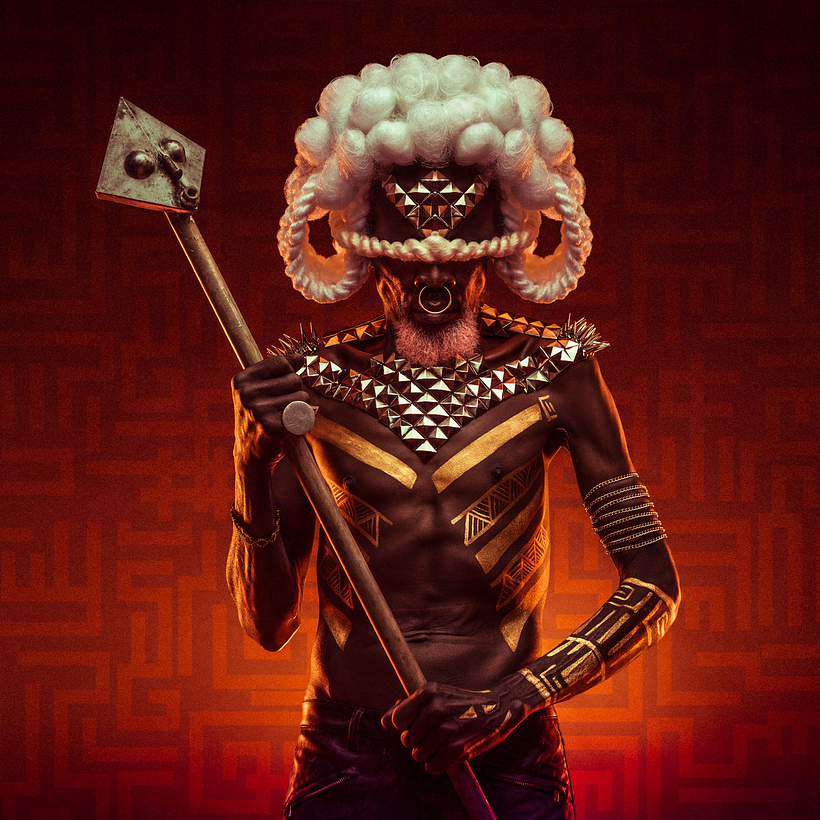
The success of black projects like Black Panther has pushed people to see Africa and its diaspora in a new light. Imagining a world where black culture has been allowed to flourish opens people’s eyes to new perspectives and deconstructs the cultural hierarchies which have put European ideals first.
Incorporating black minds in the imagination of the future inspires and facilitates alternatives and solutions to the problems created by a white-defined present and the future this present is currently leading to.
As Reverend Andrew Rollins puts it: “A person’s black state of consciousness released from the confining and crippling slave or colonial mentality becomes aware of the multitudes and varied possibilities and probabilities within the universe”. Or as is shown through the science fiction of Nnedi Okorafor, the author of the afrofuturist trilogy Binti. She can tell a different story because, as she says, “My science fiction has different ancestors — African ones”.
By embracing and celebrating African and black pasts, these Afrofuturist creatives are able to contribute to establish a more prosperous present that will lead to a more prosperous future.
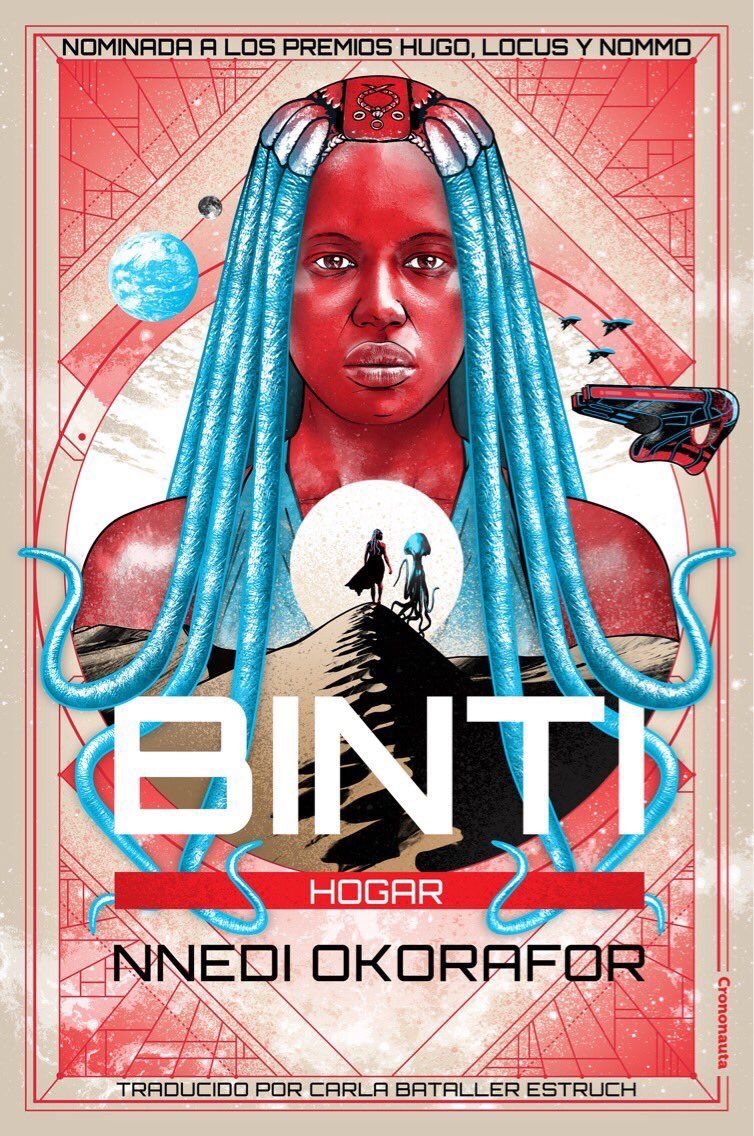
Creativity over power
The term Afrofuturism was first used in an essay called Black to the Future, by Mark Dery. In response to interviews with black creators, he asked if “a community whose past has been deliberately rubbed out, and whose energies have subsequently been consumed by the search for legible traces of its history, can imagine possible futures?”.
As we come to the end of Black History Month, and remain in the clutches of a global pandemic, Afrofuturism shows what remembering and respecting ourselves and our past can do. It gives us a blueprint for reckoning with old and new questions regarding race, justice, creativity, and spirituality in a way that the most powerful in society have often failed to do.
It defiantly places creativity and imagination as our greatest tools against the planet’s biggest challenges, in an unapologetic celebration of global Black cultures and futures, allowing everyone to be hopeful about what is yet to come.
Afrofuturists creating today
Architect Diébédo Francis Kéré has created large installations in Western galleries such as the Serpentine Pavilion in London. However, his most impressive achievements are the numerous schools and other acclaimed projects in his home country of Burkina Faso that combine traditional building methods and materials with high-tech engineering.
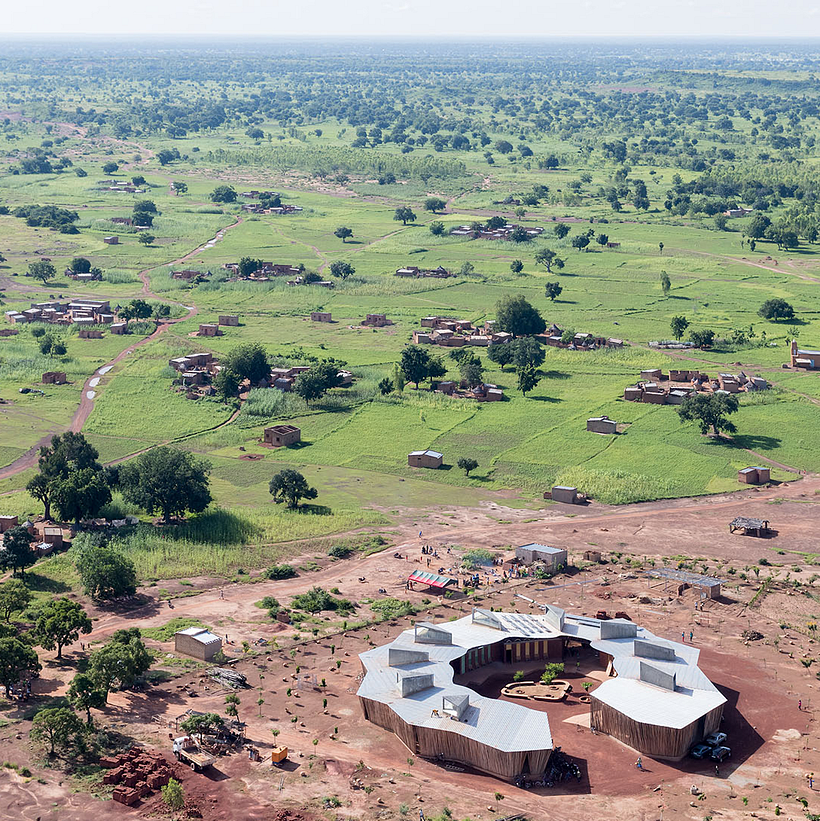
Christian Benimana and Kunlé Adeyemi are two other African architects connecting to their heritage and hometowns to build new concepts and new constructions.
Benimana stresses, however, that the continent needs more architectural education as the current situation forces its greatest minds to study overseas.
Fashion designers and artists such as Cyrus Kabiru and Trevor Sturrman are using regional fabrics and sensibilities to create their work. Cyrus Kabiru upcycles the trash he finds on the streets of his Kenyan hometown to engineer his glasses that call for a new perspective on the place he calls home.
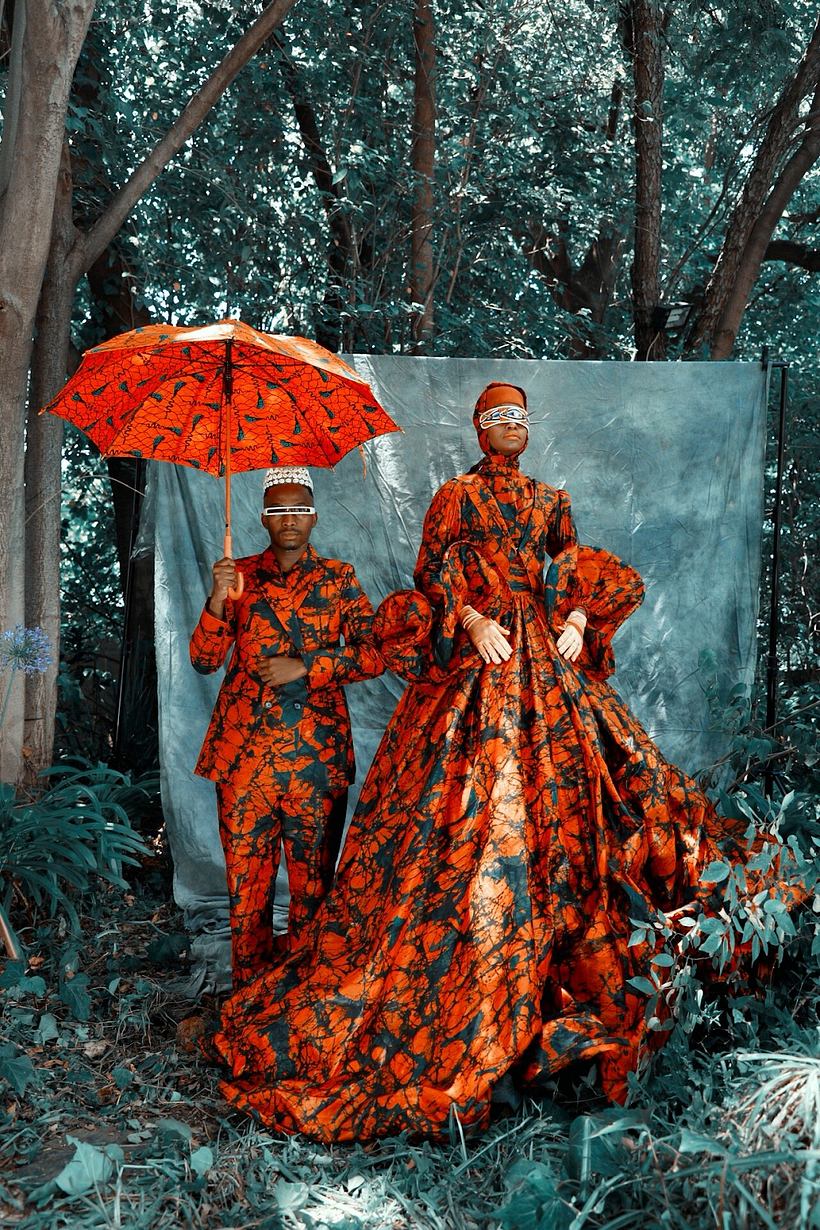
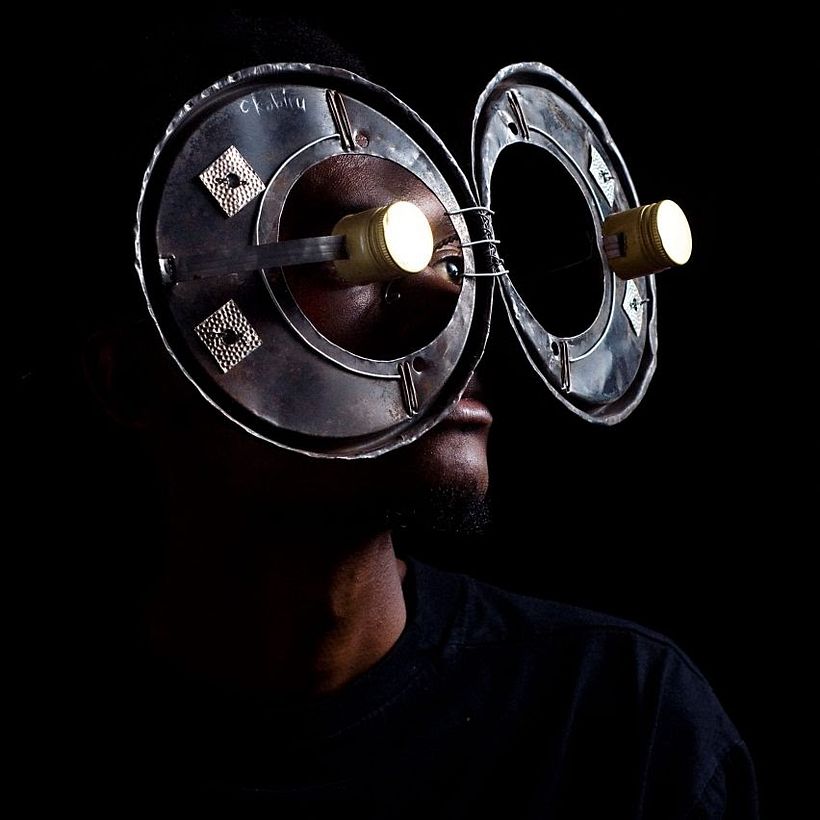
And, for many, Afrofuturism began in the 70s with the music group Sun Ra and the Arkestra, but the music videos, sounds, lyrics, and aspirations of Missy Elliott, Kendrick Lamar, and Janelle Monáe continue to carry their mantle.

Afrofuturism and what it means is continuously evolving. But it's an example that can offer hope to thinkers and creatives all over the world.
You may also like:
- Blue Note: Where Jazz and Design Met
- What was the Harlem Renaissance?
- Celebrate Black History Month with Over 2,000 Free Images





3 comments
megaman105
Excelent Post !!!!
marshallmutsa
Great post!
m_arismendi_aedo
Genial!